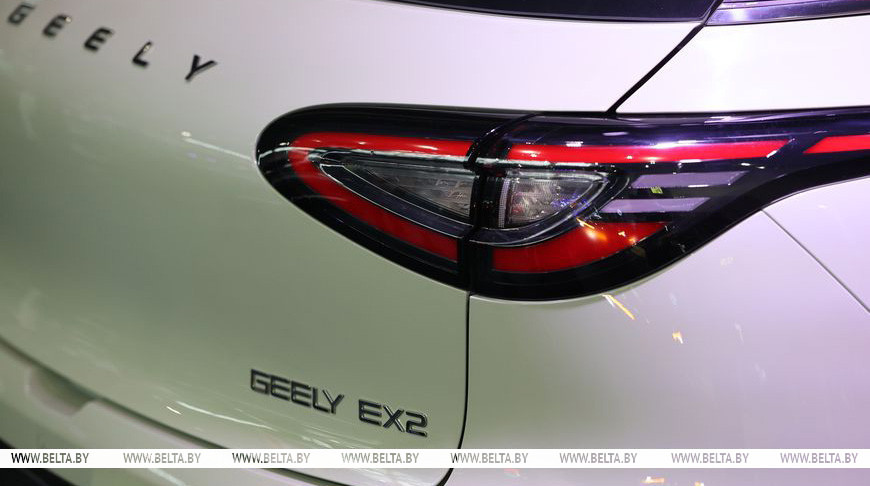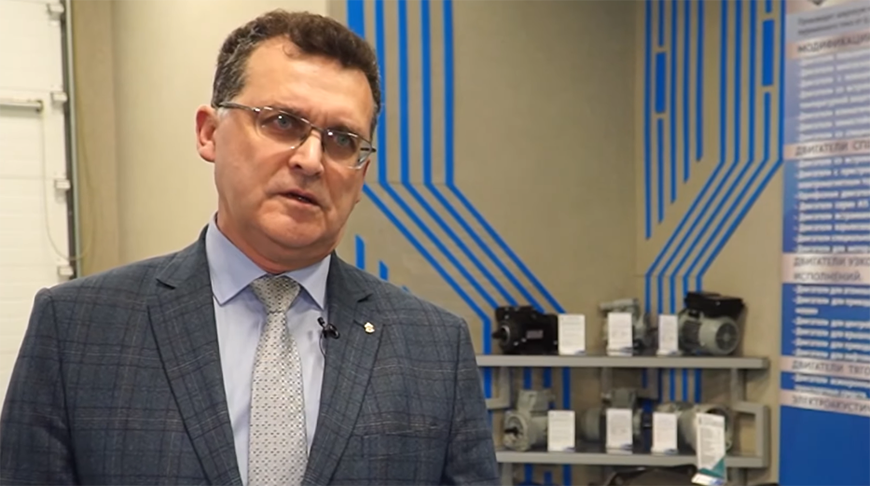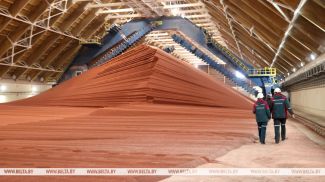
An archive photo
MINSK, 24 November (BelTA) – Belarusian electric cars are currently undergoing technical testing and commercial evaluation, as reported by the STV television channel and relayed by BelTA.
The work began swiftly, with the Joint Institute of Mechanical Engineering of the National Academy of Sciences immediately launching a search for technologies and developing competencies. A few years later, the first prototype was produced. While the car is not entirely Belarusian – with glass and some instruments sourced from Russia and China – 70% of its components are domestically produced. These include key elements: the electric motors, electronics, and control software.
“We call this a composite mechanism consisting of a control inverter, a traction electric drive, a traction battery, and a control system. In other words, it is the ‘brains’ of the machine,” said Andrei Mikhailov, head of the industry laboratory at the Joint Institute of Mechanical Engineering. “Since we are the developers of this system, we can completely customize it to meet the customer’s and production needs.”

Scientists assure that the electric vehicle is in no way inferior to its gasoline-powered counterpart, capable of traveling up to 400 km on a full charge. The domestically developed model also operates quietly.
Work is already underway on another import-substituting innovation: switching to a domestic converter instead of an imported one. “This version of the Belarusian electric car is the culmination of all our experience to date,” stated Andrei Mikhailov. “It features the most advanced inverter, motor, and our developments in battery technology and control systems. This is currently the most advanced we could offer in this area.”
The production of spare parts and components has involved many Belarusian companies. For instance, the traction motors were manufactured at Mogilevliftmash, a plant with prior experience producing similar units for larger electric vehicles like trolleybuses, electric buses, and trams. “Basically, five prototypes were produced on the first try and tested for performance,” said Aleksei Chaiko, the plant’s chief electric motor designer. “The engine power is on par with modern European counterparts.”

With the Belarusian electric vehicles undergoing evaluation, the key issue remains the price. Close collaboration with manufacturers is focused on ensuring the electric vehicle is competitive, primarily in terms of cost.
Simultaneously, scientists continue to develop batteries. While the current devices are assembled from Chinese components, researchers claim to have achieved promising results by choosing sodium-based cells over the traditional lithium-ion ones. For this purpose, the Research Center for Materials Science purchased specialized equipment. Scientists have already created 100 such batteries, with the question of scaling up production now under consideration.
[Screengrab/STV]













